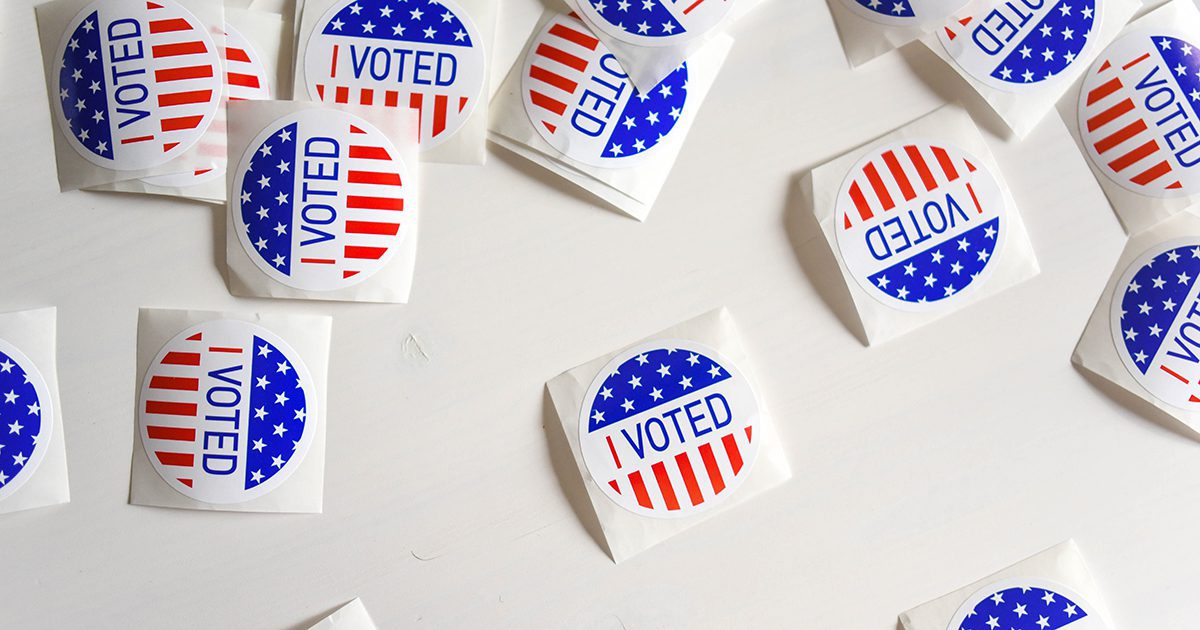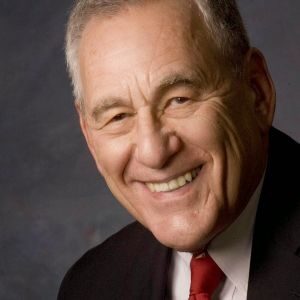As we finally approach Election Day, many people are so tired of the campaigns that they ask plaintively, “Are we there yet?”
Throughout a long campaign, we have been treated to daily analyses about who’s ahead to the point where it becomes an almost meaningless blur.
We get three kinds of comments: pundits, polls and predictions.
 Pundits are people who we are supposed to believe possess some kind of special insight about politics.
Pundits are people who we are supposed to believe possess some kind of special insight about politics.
On any given day, they seem sure of their outlooks about the campaigns. One of their favorite words is “momentum,” though they seem to have different meanings in mind.
The political “spin” that campaigns place on debates or other events amounts to the interpretation that candidates are trying to sell to pundits. If they can get a pundit to parrot their line, it helps the campaign.
Lucky for them we don’t remember what they say for very long, because they often change their story. Television hosts scores of pundits, but they are probably the least reliable source of information about the outcome.
Next comes polls. The country has gone wild with polling. New survey data is released daily for the country as a whole and for many states. There are now countless polling firms.
In the presidential race, we get national poll results daily. While they may forecast the nationwide popular vote, they don’t say much about the state-by-state electoral vote. Yet that’s the way the election will be decided.
So, when they say the presidential race is about even, they mean the national popular vote, which does not determine the outcome.
What matters the most for poll results is what they say about “swing” states, those where the election outcome is likely to be close. As a result, the polls for Ohio or Florida matter much more than the surveys in California or Texas, where the winner is easy to predict.
And then we get newscasters’ interpretations of poll results. So when a poll shows that one candidate leads another by a couple of points, the news is that the result doesn’t mean much because it falls within the “margin of error.”
In fact, the poll result does have some validity, but also some statistical limits that the newscasters never bother explaining. For example, any poll result is likely to be plain wrong about 5 percent of the time.
Not all polls are created equal. They may reflect the pollsters’ bias, the questions they ask or their selected methodology. For example, one of the most well known pollsters adjusts the results to reflect party voter registration, though that fix may miss movements of voters away from their party.
In short, polls may be useful, but they have limitations that may not be apparent.
The third way of forecasting election results is by using a statistical analysis of polls and other data.
Statistical predictions, now used for politics, started with baseball. Some smart people figured out how to create a model that could predict, even in midseason, how likely it was that a team would make the playoffs. Lots of data was fed into the model, and it worked. The predictions proved accurate.
These predictions differ somewhat from the “Moneyball” approach, which focuses on how individual players will perform.
The models work by passing millions of times over all available data, in all its possible variations. They produce the likelihood of each possible result occurring.
If most of the outcomes show that a candidate will win, then the analyst may be able to say who the odds-on victor will be.
For presidential and U.S. Senate races, the analyses are done for each state.
These calculations have been done for the last two presidential elections, and they have predicted the results to within one electoral vote. In short, this is the best forecasting tool we have.
Perhaps the two best predictors are “538” and the Princeton Election Consortium. Find them online.
Beyond pundits, polls and predictions, there is a fourth “p” – the most important one.
Participation.
Nobody can accurately predict the result, if the number of voters changes from what has been normal. In 2008, 62 percent of people eligible to vote cast a ballot. In Maine, one of the leaders in turnout, 71 percent participated.
Nationally, about 80 million people who could have voted failed to do so. In Maine, the nonvoters numbered almost 300,000. The nonvoters could have changed virtually all the results and turned any forecast on its head.
Every vote can matter, so people ought to do the only thing that counts: Vote.







